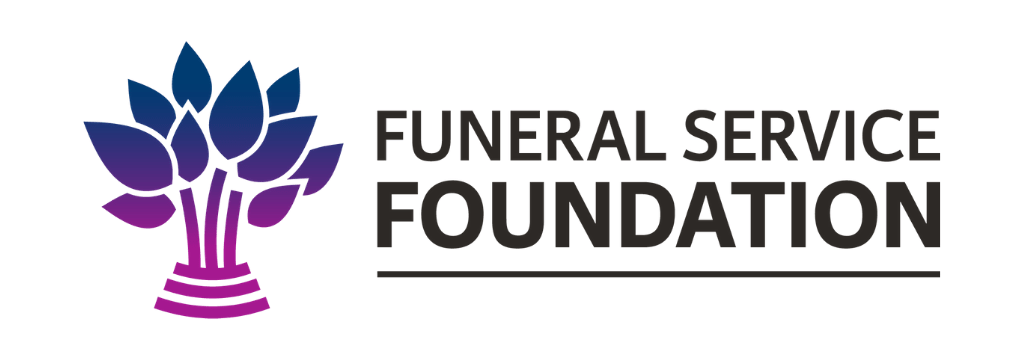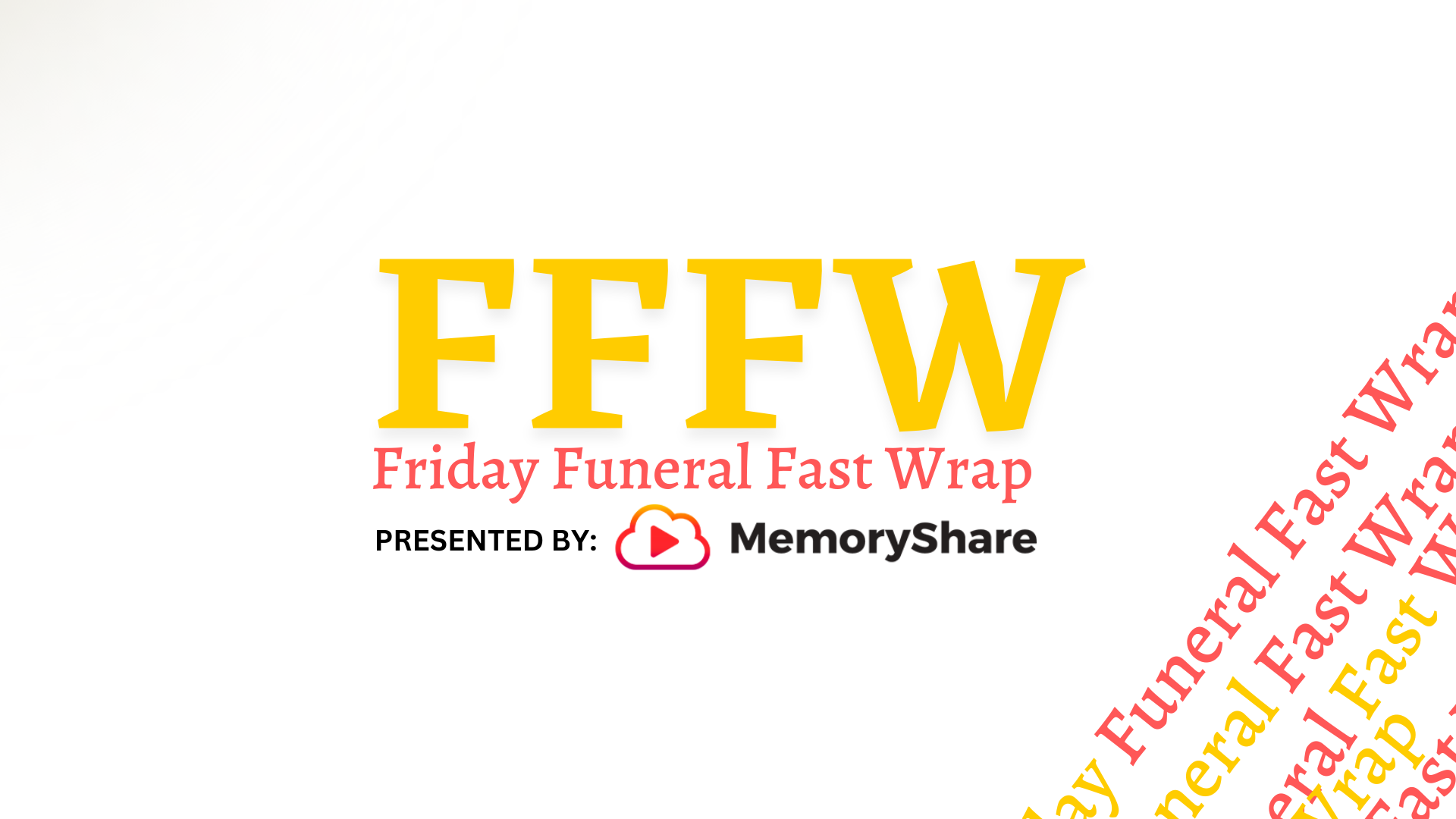Death and the Maidens: Women in Funeral Service
Article originally published by: More.com
Many women in their prime decide they’re ready for a career change, but most aren’t thinking, “Mortuary school!” Meet some who’ve chosen to stare death in the face in return for a paycheck—and a deeply satisfying new sense of purpose.
The first time Laura Fulcer had to confront death, at age 13, she broke out in hives on her way to the funeral. Once she arrived at the viewing, the sight of her grandfather’s profile poking up from inside the coffin made her so hysterical, she had to be pulled from the room. Three decades later, Fulcer spends her days—and nights and weekends and holidays—collecting bodies, embalming them and arranging their clothes, hair and makeup. “My relatives are still adjusting,” she says. “They have this smirk like, ‘I just can’t believe you picked this job!’ ” Neither can Fulcer. “I didn’t in a million years think this is what I would be doing, but now I can’t see myself not doing it,” says the 43-year-old Shawano, Wisconsin, funeral director, whose personal e-mail address incorporates the word reaper.
For thousands of years, across myriad cultures, women were the ones to prepare and anoint the bodies of the departed. “In the U.S., they were called the ‘layers-out of the dead,’ and this task was consistent with their role as midwives and nurses,” says Jessica Koth, public relations manager for theNational Funeral Directors Association. Then came the Civil War and President Lincoln’s request that one of the first casualties, a colonel who had been his law clerk, be embalmed and shipped north for burial. Families of sufficient means followed suit with their loved ones, and doctors took to the battlefields to perform the procedure. Mortuary science became formalized, and the work, says Koth, was “deemed inappropriate for women.” Men have dominated the funeral business ever since. But now the scythe is poised to swing the other way.
Over the past decade, more women than men have attended mortuary school, where 57 percent of students are now female, according to the American Board of Funeral Service Education. And the age of these students has been trending upward: In 2010 nearly a quarter of all new enrollees were 36 or older, and for the past few years the organization has even recorded a sprinkling of new students in the “age 71-plus” category. That’s a pretty badass career move for a septuagenarian.
Why would a woman in the middle of her life seek out death on a daily basis? Some of the reinventers interviewed for this story were fulfilling a lifelong dream. Others said they’d taken a career-aptitude test (because of a layoff, an empty nest or a gnawing sense of job dissatisfaction) and were gobsmacked to discover that their interests and abilities added up to “funeral director.” Then there were those who said a lightbulb went on after they experienced a well—or badly—done funeral for a parent or grandparent. All said they wanted to do something more meaningful with their lives. And they’re finding that their work taps into surprisingly deep veins of empathy, creativity and storytelling, yielding emotional rewards that far outweigh the profession’s long hours and seemingly ghastly responsibilities.
“I thought, I’ve got to do something for people instead of against them,” says Fulcer, who left a career in health insurance because she got tired of denying claims. “Being at home doing laundry would’ve felt more productive.” Tests in a career-options course at a local technical college indicated that Fulcer—who is good at science and interested in -counseling—was a natural for funeral service. The school suggested that, as a next step, she should interview someone in the field. So she did. “He was a really nice guy; he explained that 90 percent of the job is counseling the family, and only 10 percent is actually working with the deceased,” Fulcer says. “I was like, ‘OK, that’s good! Because I have this problem with dead bodies.’ ”




